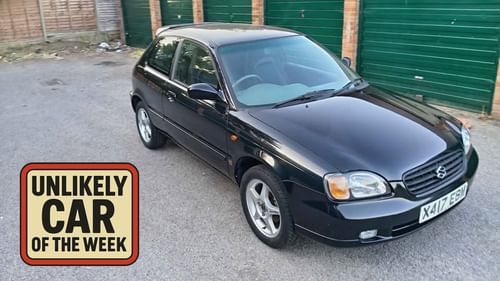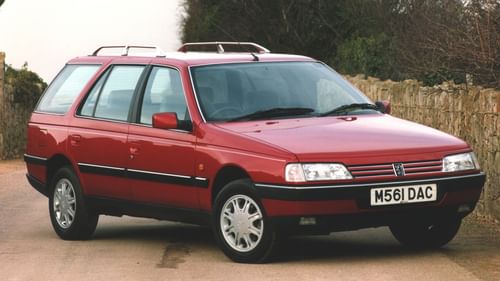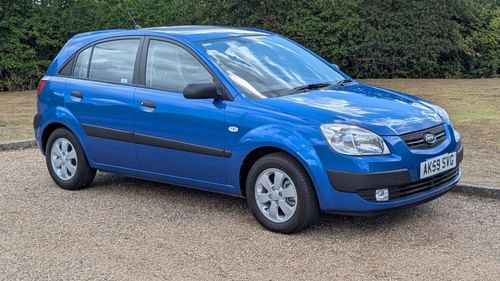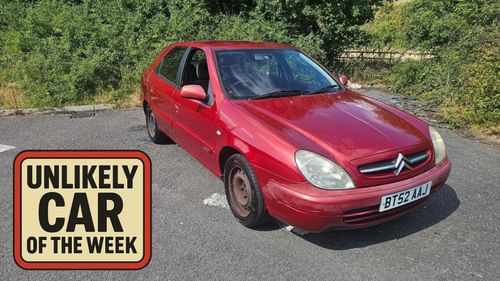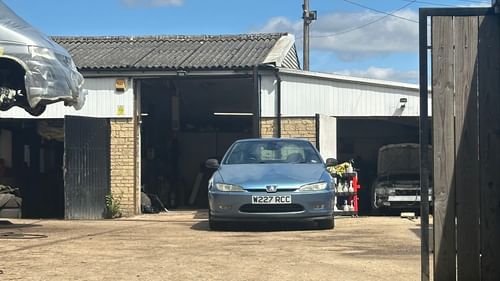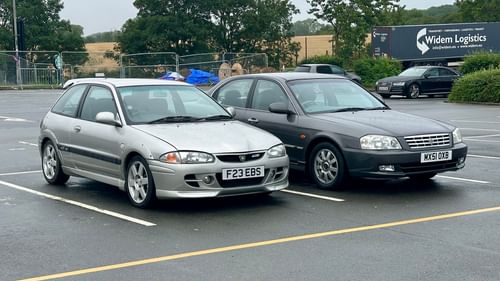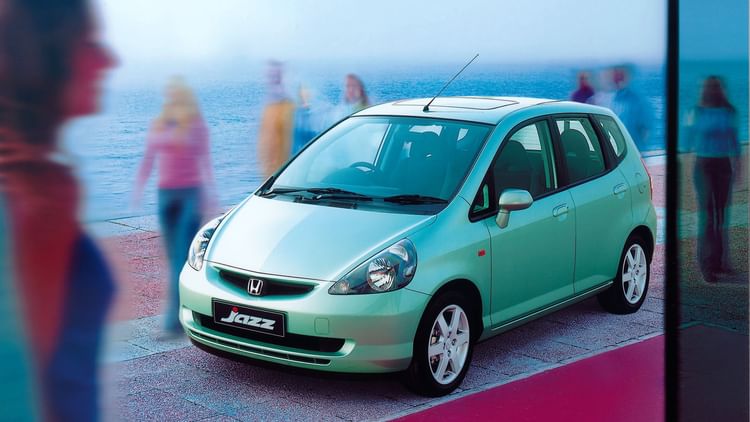
No, you’re right; the car best known as the Honda Jazz Mk1 wasn’t the first Jazz. That honour belongs to the Honda City, sold here as the Jazz and on sale in the UK from 1983 until 1986. The City and its many derivates deserve more than a passing mention in this ode to the Jazz, so start pestering Petrolblog for a full feature.
The Jazz name would lie dormant for 15 years, with the superist of superminis arriving in 2001 as a replacement for the oft forgotten and largely forgettable Honda Logo. Petrolblogwill take a Logo in Racing Yellow, with optional side skirts, roof spoiler and front lip and alloy wheels. Please, thank you.
I’m stalling because I know the Honda Jazz Mk1 is a hard sell. It’s a car you’ve spent the last 24 years trying to avoid in supermarket car parks and cursing whenever one pulls out in front of you, especially on your favourite B-road. Why does this always happen when you’re about to exit the urban sprawl and you’re tantalisingly close to the ‘national speed limit applies’ road signs? In fairness to the Jazz, this also applies to the Nissan Note, Kia Venga, Hyundai i10 and humdrum versions of the Toyota Yaris.
The Jazz is a car driven by great aunts who see the centre white line as something to be straddled, 42mph as the default speed, and the clutch as the automotive equivalent of a horse – it’s there to be ridden. At least, that’s the image that’s been cultivated by the media and online forums. But maybe we shouldn’t judge this car by the company it keeps.
Instead, the Honda Jazz should sit alongside the Audi A2, Fiat Panda, Mercedes-Benz A-Class, original Mini and Renault’s 5 and Twingo as luminaries of the small-car packaging world. The footprint of a supermini with the interior space of a family hatchback might not be a sexy USP, but it means the Jazz has spent two decades owning the ‘Tardis’ cliché. Here are just a few, forgathered from the first two pages of Google: ‘Tardis-like interior’ (Mirror), ‘a mini Tardis’ (The Sun), ‘Tardis-like’ (Irish News), ‘a true Tardis car’ (Leasing.com), ‘Tardis-like qualities’ (Daily Record), ‘a real Tardis of a car’ (Carwow), ‘it’s a Tardis’ (Top Gear), ‘still want that Tardis?’ (Doctor Who, probably).
There wasn’t a doctor on call in 2001 – Christopher Eccleston wouldn’t arrive until 2005 – so he would have been unaware how Honda achieved the miracle of packaging. A flat fuel tank below the front seats freed up space in the back, a brand-new compact engine minimised cabin instruction at the front, while lofty dimensions delivered MPV-like interior headroom. Honda even shifted away from wishbone suspension to a struts and torsion beam combo in the quest to maximise space. Calling the seats ‘Magic’ might have raised a few eyebrows at the Magic Circle, but this was a brilliant innovation. There were four modes – known in some markets as Utility, Long, Tall and Refresh – each achieved by folding either the front or rear seats. Without going into full What Car? mode, it meant that you could carry anything from a bicycle to a surfboard, a wheelchair to a set of golf clubs, and rubber plants to a statue of Darcey Bussell. There was even enough room for a quick lie down after a hard day at the barre.
Small on the outside, large on the inside. If only somebody had come up with a popular cultural reference that could be used to describe the car’s clever packaging…
This article first appeared in issue 23 of Classic.Retro.Modern. magazine.
